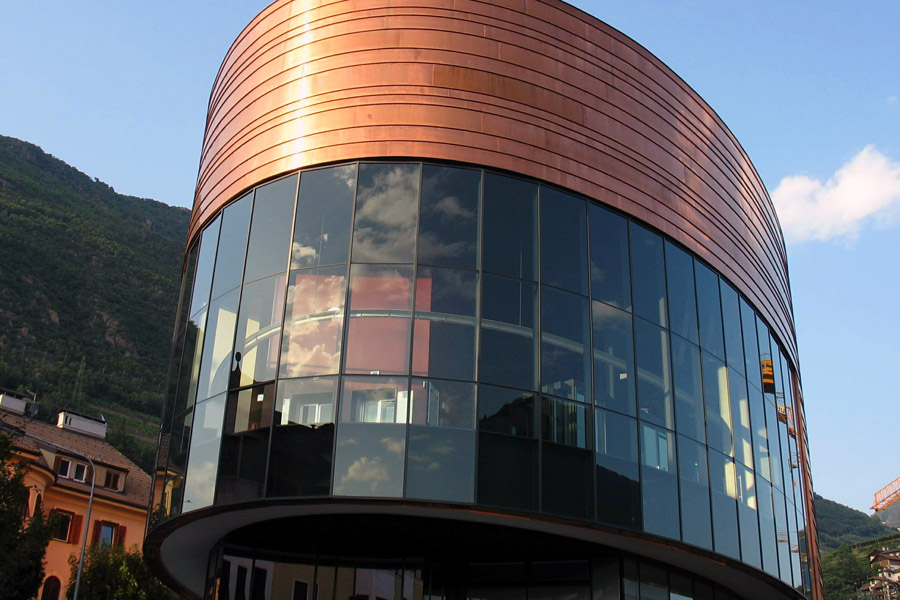Probably one of the single biggest counter-points to urban cable systems is the stations. People are quick to argue that the stations are large, ugly and imposing. It’s a difficult point to argue with because most cable stations are just that: Large, ugly and imposing.
But then again, so are many of our traditional transit stations:
The point, however, is that they don’t have to be.
Cable transit isn’t dependent upon large, ugly stations, they’ve just been designed that way for most of their history. In order to make in-roads in urban cable transit, the cable industry has a responsibility to begin designing stations with cities in mind, but cities also have a responsibility to imagine cable stations in new and beautiful ways.
Which brings me to the Funivia del Renon in Bolzano, Italy (pictured above).
The Funivia is not an urban system, specifically. It doesn’t carry a lot of people and it services a mountain resort. It is, however, a cable system whose terminus is located within a city. The design of that station is therefore very important for our purposes.
While I’ve never visited the system myself, this new system appears (at least on the surface) to blend in excellently with the surrounding urban fabric. The station has an excellent relationship to street level pedestrian and vehicular traffic.
Whether you like the architecture or not, it’s hard to deny that the station adds to the surrounding area, it does not detract from it.
I suspect it is the design of the stations – not the technology itself – that will make or break urban gondolas and urban cable transit. Thankfully, the cable industry seems to understand this and is working towards rectifying that problem.
The Funivia opened just recently in March of 2009, so there are few images and videos, but I managed to dig one up. Take a look:



5 Comments
It should be noted in many cases it is not the cable industry that designs and builds the buildings that house the terminals (especially for gondolas)…the cable industry just supplies the machinery and more often than not the building is very dependent on the whims and budgets of the organization purchasing the lift.
The building enclosure is not a prerequisite for a functioning lift…some have no enclosure at all.
I do believe especially for urban settings as much as for signature architecture in mountain villages the design of the terminal is important and funds should be budgeted to ensure what gets built is not an eyesore.
BC,
Couldn’t agree with you more. It’s one of the most frustrating aspects of this job. Planners, policy-makers and politicians see massive cable stations and they think my god it’s HUGE we can’t possibly build one of these in our city. As you point out, however, the opposite is the case.
When it comes to cable: architecture and infrastructure are two separate entities. Yes, the two are often designed in tandem, but they need not be.